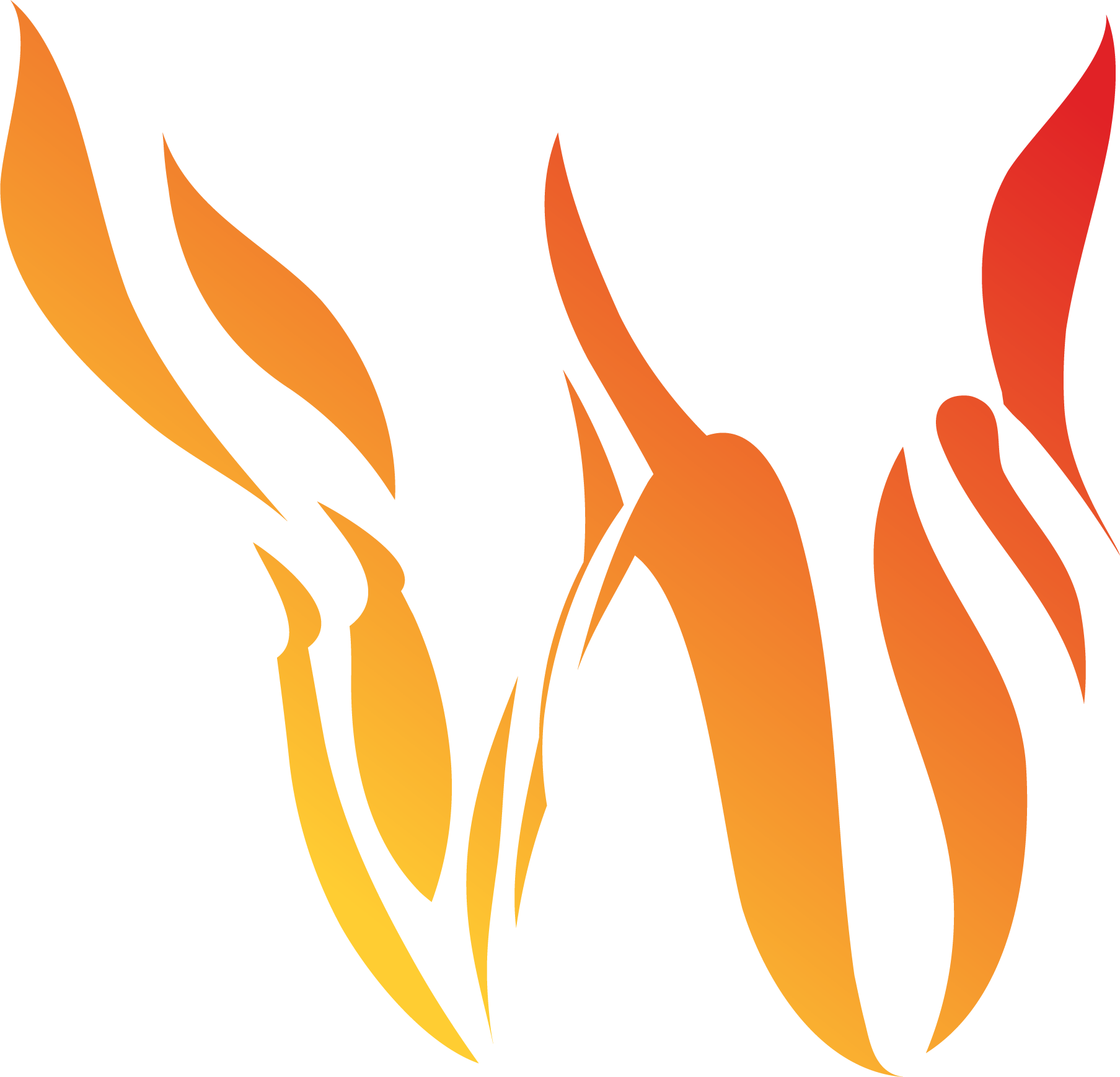Asset Risk
Asset risk are the risk metrics calculated for asset based ignition locations. This includes OH distribution conductors and transmission lines. To calculate risk for each asset, a fire spread prediction is simulated using the asset location as the ignition point(s).
It is important that each asset segment have at least one ignition point. In addition, it is important that the ignition points are not exactly located on the asset segment. It is understood that the GIS asset data is not always spatially accurate for absolute location. To accommodate for this, a buffer of ignition points is created around each segment to reflect possible ignition locations from failure of that asset segment. This also inherently accommodates for ignition locations that occur in proximity of a segment, often due to wind carrying sparks, rather than immediately below an asset segment, which is unlikely in windy conditions.
Each night a new weather forecast is created by the system. This new weather forecast is then used to run fire spread predictions from each of the ignition points for each time step in the forecast. A three hour interval is used. Each ignition point will have a spread prediction with impacts calculated for extent of the fire spread. A standard eight (8) hour duration is used for each prediction representing a first burning period. Use of a consistent duration for each simulation allows for consistent interpretation of outputs when comparing with FireSim on-demand simulations.
At each ignition point and ignition time, the only non-deterministic input is the duration of the simulated fire— moisture content, wind speed and direction, fuel and topography are all known. Therefore, the only summary required for each wildfire simulation is to calculate the fire size and impacts given the eight hour duration.
In both FireRisk and FireSim, prediction impacts are computed based on the final perimeter of the simulation. This allows for easy comparison of the risk forecast outputs and individual on-demand simulations that may be undertaken.
The following impacts are calculated:
Number of buildings impacted
Population impacted
Acres burned
Once the final impact values are calculated they must be assigned back to the individual distribution and transmission line segments from the closest ignition points. This results in line segments with an impact value for number of buildings, population and acres burned for each time period.
Since risk outputs are used to support decision making related to distribution circuits and transmission lines, the segment risk values must be aggregated to each circuit and T-line. These values are aggregated to provide raw risk values for the summary asset.
Additional metrics may be calculated, such as maximum and mean building, population, and size values by asset.
